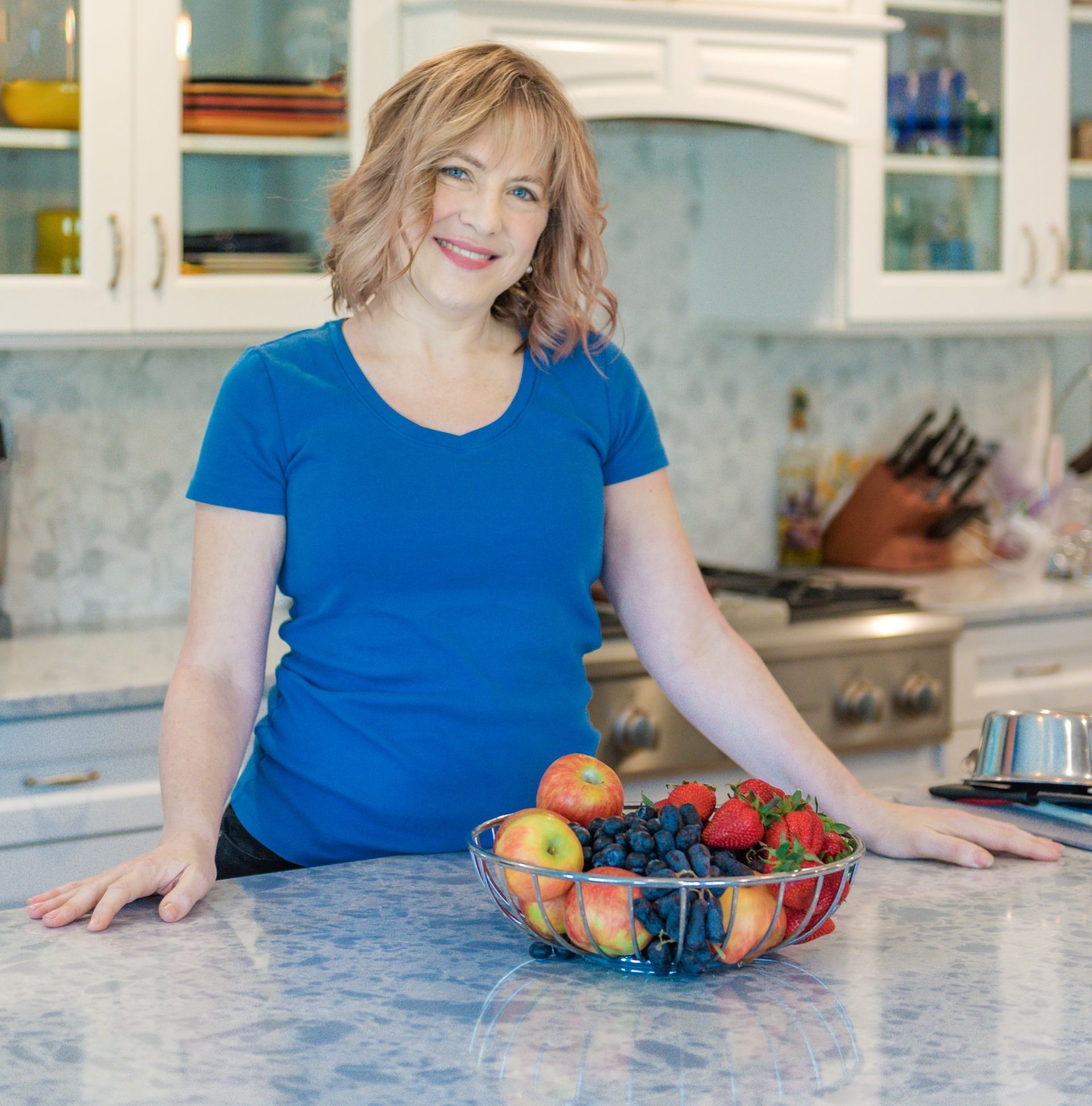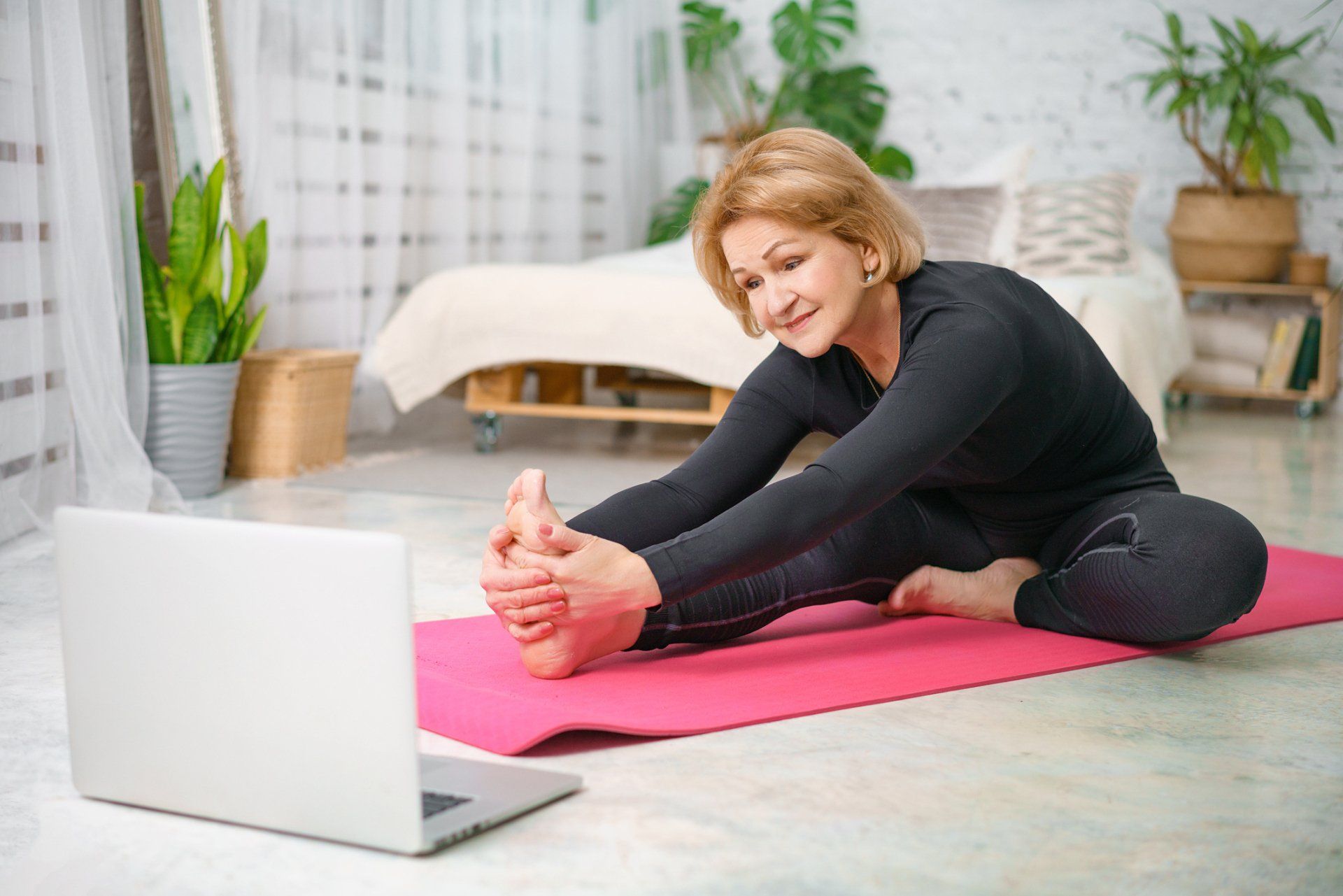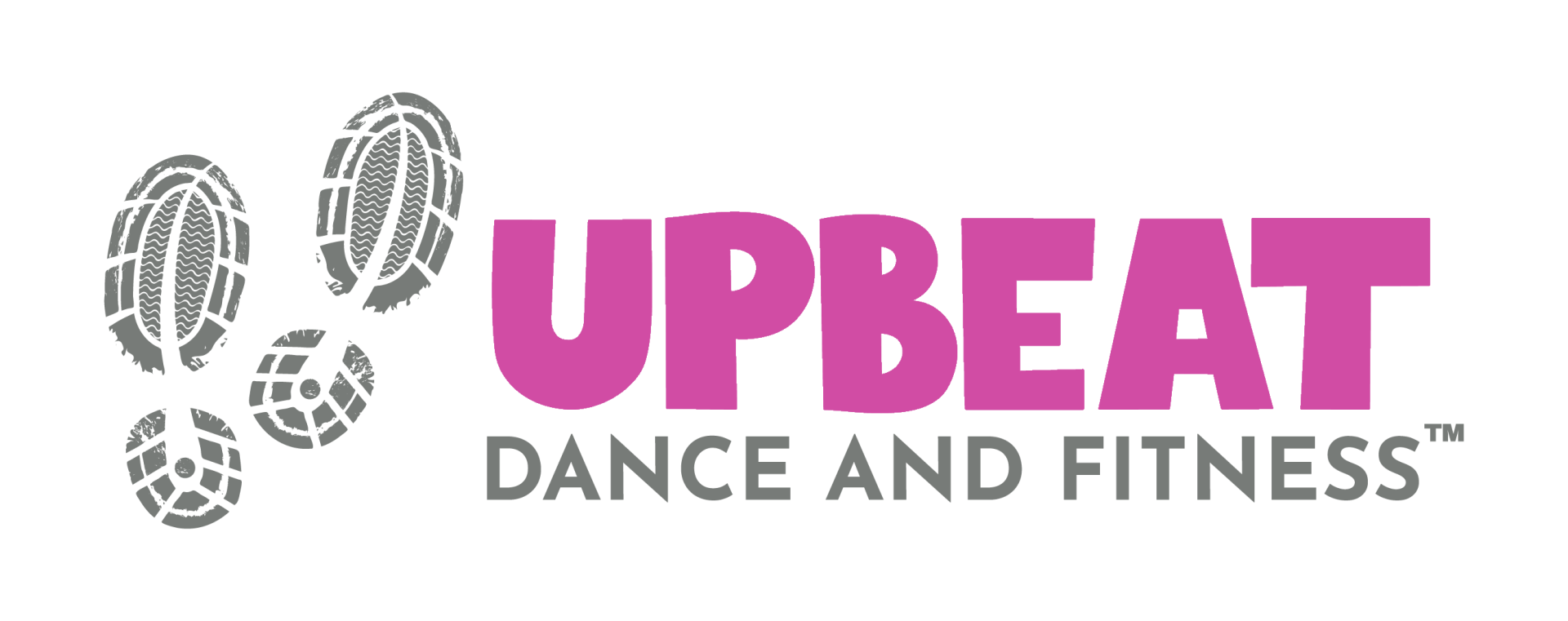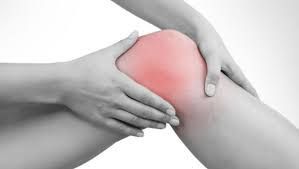By Denel Bingel
•
January 6, 2025
Eating can do more than just fuel your body. The way you eat affects your digestion and how you feel after meals. Many people experience bloating or discomfort because of how they approach eating. Mindful eating offers a simple way to feel better. By paying attention to what, when, and how you eat, you can improve digestion and experience less bloating. When you tailor your diet and focus on eating with awareness, you give your body the chance to process food more efficiently. This guide will show how mindful eating for better digestion and less bloating can make a real difference in your daily life. What is Mindful Eating? Mindful eating means paying attention to your food and how your body responds while you eat. It’s about being present and intentional, focusing on each bite rather than rushing through meals. Instead of eating while scrolling through your phone, you might notice your food's flavor, texture, and smell. This practice helps you connect with what your body needs, making it easier to eat the right amount. Mindful eating also supports better digestion and less bloating because it encourages slower, more deliberate eating habits that are easier on your stomach. The Science Behind Mindful Eating and Digestion Mindful eating helps digestion by reducing stress, which often disrupts the body's food processing. When you eat mindfully, your body stays relaxed, allowing the digestive system to work more smoothly. Chewing thoroughly also makes it easier for the body to absorb nutrients, while breaking food down into smaller pieces reduces bloating. Eating slowly and with intention can also improve gut health over time. It gives your stomach enough time to signal when you’re full, preventing overeating and discomfort. These small, intentional actions directly support better digestion and less bloating. Common Habits That Disrupt Digestion Your daily habits can directly affect how well your body digests food. Some behaviors may seem harmless, but they can lead to bloating, discomfort, and other digestive issues over time. Recognizing and adjusting these habits is the first step toward improving digestion and feeling better after meals. 1. Eating Too Quickly or While Distracted Rushing through meals or multitasking during eating can strain your digestive system unnecessarily. When you eat quickly, you tend to swallow larger chunks of food, making it harder for your stomach to break them down. That can lead to incomplete digestion and cause bloating or discomfort. Distractions like watching TV or scrolling on your phone often result in mindless eating, where you miss your body’s natural signals of fullness. As a result, you might overeat without even realizing it. 2. Overeating Due to Emotional Triggers Emotions like stress, boredom, or sadness can lead to overeating, even when not physically hungry. Emotional eating often involves reaching for comfort foods high in fat, sugar, or salt, which can be harder for the digestive system to process. Eating more than your body needs overloads the stomach and intestines, slowing digestion and leading to bloating and other discomforts. 3. Choosing Processed Foods Processed foods are convenient but often have hidden downsides for digestion. They usually contain additives, preservatives, and low-quality ingredients that make it harder for your body to break down. They also lack the fiber and nutrients in whole foods, which are key for supporting digestion. Over time, a diet high in processed foods can lead to sluggish digestion and make bloating a recurring issue. 4. Drinking Sugary or Carbonated Beverages During Meals Sodas, sugary drinks, and carbonated beverages may seem harmless, but they can introduce excess gas into your stomach, leading to uncomfortable bloating. These drinks can also disrupt the balance of acids in your stomach, making digestion less efficient. If you regularly drink these beverages with meals, you might experience more frequent bloating and discomfort. Overcoming Challenges in Practicing Mindful Eating Practicing mindful eating can sometimes feel challenging, especially during busy schedules or life changes. Recognizing triggers, like stress or time pressure, helps you plan better. For example, if you’re relocating, focus on healthy eating during the move by creating a simple meal plan to stick to nutritious options. In addition, avoid skipping meals, as this can lead to overeating later. Keep healthy snacks handy, such as nuts or fruit, to avoid reaching for less healthy options when hungry. Building a consistent routine takes time, so start small and adjust as you learn what works best for you. Remember, progress is more important than perfection. Steps to Practice Mindful Eating for Better Digestion and Less Bloating Practicing mindful eating involves small, intentional changes that can improve digestion and reduce bloating. Here are simple steps to get started: ● Set the meal scene: Sit at a table and focus on your food. Avoid distractions like phones, TVs, or laptops. ● Chew thoroughly: Take your time with each bite, chewing 20–30 times. That helps your body break down food easily. ● Listen to your body: Pay attention to hunger and fullness cues, and stop eating when you feel comfortably satisfied. ● Take small bites: Smaller bites are easier to chew and digest and allow you to enjoy the taste and texture of your food. ● Pause between bites: Put your fork or spoon down between bites. That slows your eating pace and gives your body time to respond. Foods That Support Digestion and Reduce Bloating Eating nutrient-dense foods can support digestion and reduce bloating by giving your body what it needs to function well. Probiotic-rich options like yogurt, kefir, and sauerkraut add beneficial bacteria to your gut, helping it process food more efficiently. Fiber-packed foods, such as fruits, vegetables, and whole grains, promote regular bowel movements and prevent bloating. At the same time, hydrating choices, including cucumbers, melons, and leafy greens, help maintain proper fluid balance, which keeps your digestive system running smoothly. Natural remedies like ginger and peppermint can also soothe your stomach and reduce gas. Incorporating these foods into your meals makes it easier to feel lighter and more comfortable. A Simple Shift for Better Digestion Mindful eating for better digestion and less bloating doesn’t require big changes—just small, intentional steps. By slowing down, paying attention to your meals, and making healthier choices, you give your body the chance to digest food more efficiently. Over time, these habits can reduce bloating and improve how you feel. Start with one or two changes, and let mindful eating become a natural part of your routine. Your stomach will thank you!
















